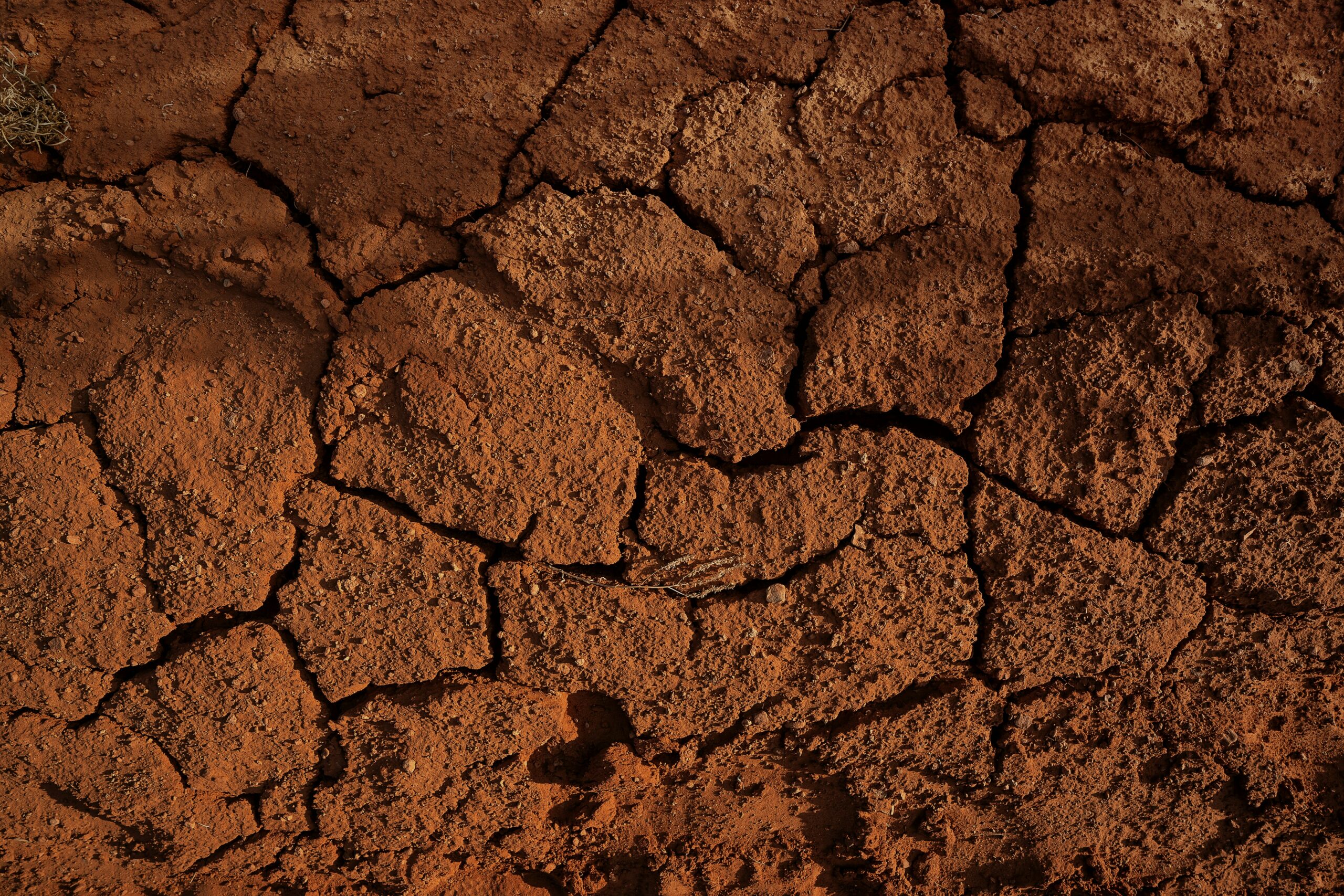
Soil is a precious and finite resource that plays a vital role in food production and environmental sustainability. However, soil erosion poses a significant threat to soil quality and productivity. Fortunately, there are several effective strategies for monitoring and controlling erosion, helping to preserve this critical resource for future generations. In this article, we will explore some of these strategies and how farmers can implement them in their operations.
Erosion Monitoring
The first step to controlling soil erosion is understanding where and how it is occurring. Regular soil monitoring can help farmers identify vulnerable areas and assess the effectiveness of management practices. Some common monitoring methods include:
- Visual Inspection: Carry out periodic visual inspections of cultivation areas to look for signs of erosion, such as ruts, gullies and sedimentation.
- Use of GPS and Drones: Use mapping technologies, such as GPS and drones, to map areas with erosion and monitor changes over time.
- Measurement of Soil Loss: Perform direct measurements of soil loss using devices such as sediment collectors or equipment for analyzing suspended sediments in runoff water.
- Satellite Image Analysis: Use satellite images to monitor changes in vegetation cover and soil topography, which may indicate areas prone to erosion.
Erosion Control Strategies
Once areas of erosion are identified, farmers can implement a variety of strategies to control it and preserve the soil. Some of the most effective strategies include:
- Soil Conservation Practices: Implement soil conservation practices, such as terracing, contour planting, minimum tillage or no-till, to reduce water and wind erosion.
- Vegetation Cover: Maintain adequate vegetation cover through practices such as crop rotation, growing cover crops, and establishing strips of native vegetation around waterways to reduce erosion and promote water infiltration into the soil .
- Stormwater Management: Implement stormwater management practices, such as building dams, retention basins, drainage channels, and efficient irrigation systems, to control surface runoff and reduce erosion.
- Control of Agricultural Practices: Adopt agricultural practices that minimize soil disturbance, such as the use of low-impact planting and harvesting equipment, and avoid cultivation on steep slopes or in wet soil conditions.
Education and Community Engagement
In addition to implementing erosion control practices on their own land, farmers can also play an important role in educating and engaging their communities. Sharing knowledge about the importance of soil conservation and best management practices can help promote a culture of soil preservation across the region, benefiting not only farmers but also society as a whole.
In summary, soil erosion is a significant challenge to agriculture and the environment, but with careful monitoring and implementation of appropriate control practices, it is possible to preserve soil quality and productivity for future generations. By adopting soil conservation strategies and sharing community knowledge, farmers can play a crucial role in protecting this vital resource.
No tags for this post.



